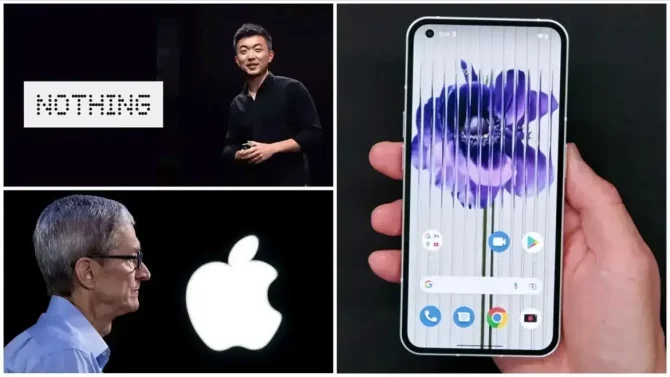Cybercriminals Possess the Ability to Unlock Your Mobile Device Remotely, as Indicated by Recent Report
The issue of cybercrime is a matter of grave concern, persistently presenting a formidable menace to both individuals and organizations alike. In accordance with a comprehensive report, a staggering 97 instances of cybercrime occur each hour, equating to a pernicious intrusion transpiring every 39 seconds. If that were not disconcerting enough, malevolent hackers have devised a novel approach to remotely breach smartphones. According to findings by the esteemed researchers at Nord VPN, cybercriminals now employ electromagnetic interference (EMI) as a means to infiltrate the smartphones of unsuspecting users. Should this cause you unease, proceed to discover the nature of screen hacking and the essential means of safeguarding yourself?
Cybercriminals Can Breach the Security of Your Smartphone through the Application of Electromagnetic Interference
Experts from Zhejiang University in China and the Technical University of Darmstadt in Germany have bestowed upon the hack through EMI the appellation of the foremost instance of active contactless assault against capacitive touchscreens. This pioneering form of attack, also referred to as GhostTouch, enables hackers to remotely introduce deceptive touchpoints onto a touchscreen. This is achieved by injecting EMI signals into the electrodes embedded within the touchscreen, thereby triggering touch events.
Once this process has been executed, physical contact with the display is rendered unnecessary for its operation. Consequently, if you observe your phone unlocking and functioning autonomously, it is indicative of a successful hacking endeavor. Through this technological innovation, hackers can imitate touch-based actions, such as swiping and screen taps, in specific areas of the touchscreen. Their objectives encompass unlocking your smartphone and executing hazardous operations therein, including the installation of malware and keyloggers, the pilfering of stored data and passwords, establishing unsecured Wi-Fi connections, and a host of other malevolent activities.
Public spaces like cafes and libraries constitute among the most common venues wherein screen hacking transpires. Hackers discreetly arrange a sophisticated setup beneath the tabletop, thereby enabling the initiation of the EMI attack when unsuspecting individuals lay their smartphones face-down. The commencement of the attack is contingent upon the placement of the phone in a screen-down orientation, thereby ensuring the victim remains oblivious to the device’s self-operation.
According to the experts at NordVPN, this assault exploits the susceptibility of capacitive touchscreens to EMI and is operational within a range of up to 40 meters. Several indicators may disclose whether your smartphone has fallen prey to hacking, such as autonomous unlocking, independent functionality, unauthorized call answering or initiation, anomalous Bluetooth or Wi-Fi connections, and so forth.
Needless to say, screen hacking can plunge you into a maelstrom of peril if you are unprepared. To preclude such an occurrence, exercise caution with regard to your smartphone in public spaces and consistently keep it securely within your pocket. Avoid placing your phone facedown on any surface. Ensure the activation of biometric authentication for financial transactions and other essential undertakings. Lastly, diligently update your smartphone’s operating system and security patches to safeguard against potential vulnerabilities.






